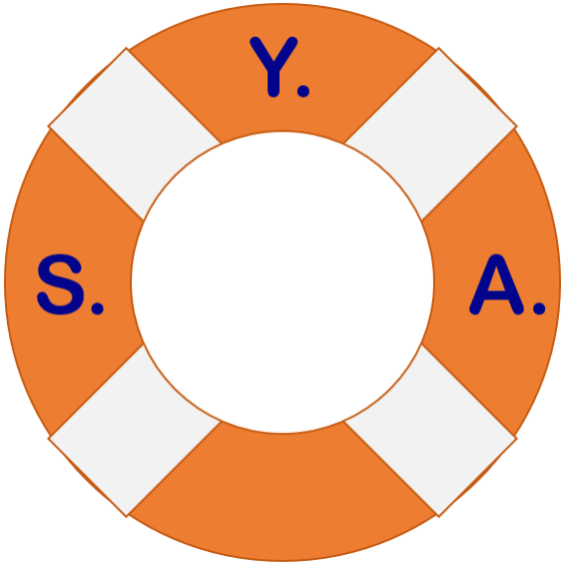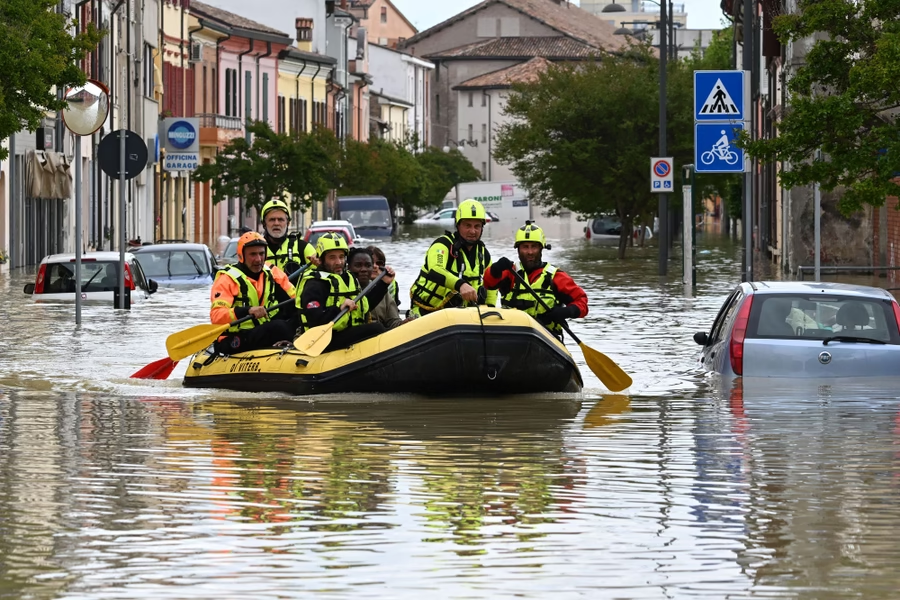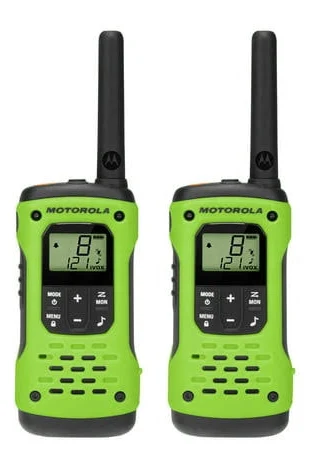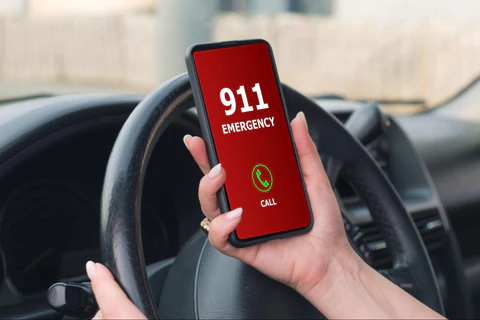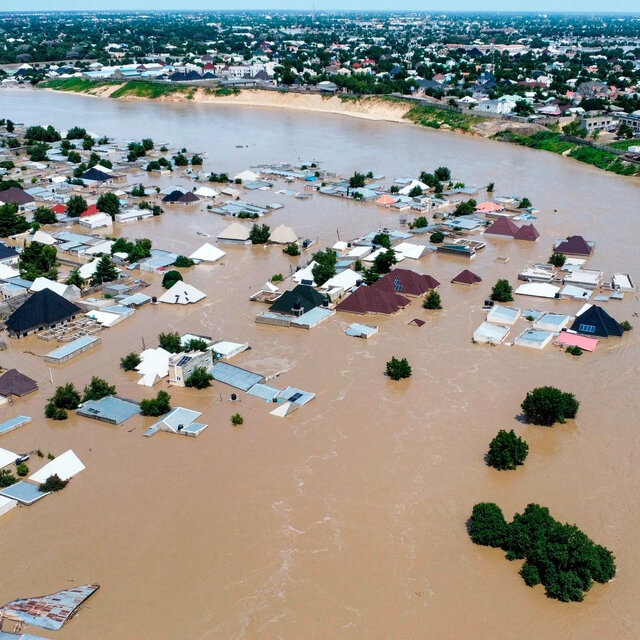Floods are one of the most common and costly natural disasters in the world. They can result from rain, snow, coastal storms, storm surges and overflows of dams and other water systems. A flood can develop slowly or quickly, sometimes with no warning. Floods can cause outages, disrupt transportation, damage buildings and create landslides.
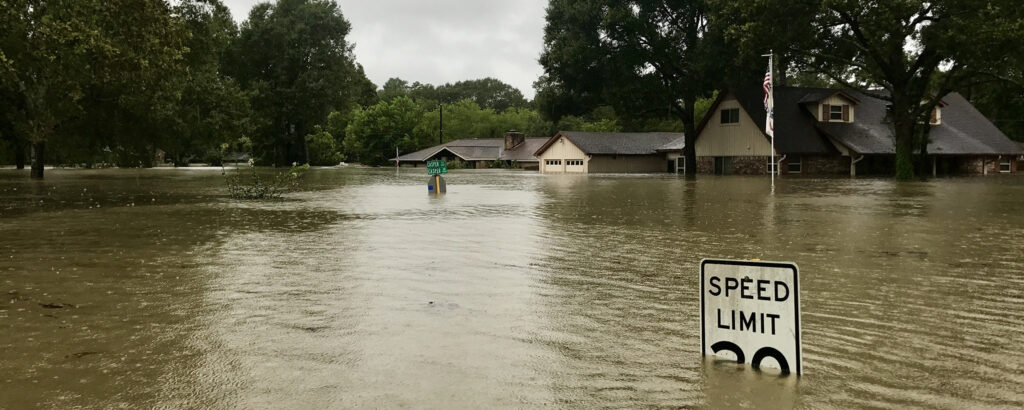
Tips to Prepare
To protect yourself and your loved ones from floods, you need to be prepared. Here are some tips on how to get ready for a flood:
Know your flood risk.
Contact your local county geologist or county planning department to find out if your home is located in a flash-flood-prone area or landslide-prone area. You can also check the flood maps on the FEMA website (https://msc.fema.gov/portal/home) to see your flood zone designation.
Make a communication plan and a disaster plan for your family.
Plan and practice a flood evacuation route with your family. Ask an out-of-state relative or friend to be the “family contact” in case your family is separated during a flood. Make sure everyone in your family knows the name, address, and phone number of this contact person. Stay informed about your community’s emergency plans, warning signals, evacuation routes, and locations of emergency shelters.
Get your home ready for a flood.
- Make sure you secure or protect any hazards in your home before the flood strikes.
- Be prepared to turn off electrical power when there is standing water, fallen power lines, or before you evacuate. Turn off gas and water supplies before you evacuate. Secure structurally unstable building materials.
- Buy a fire extinguisher if you don’t already have one. Make sure your family knows where it is and how to use it.
- Buy and install sump pumps with back-up power. Have a licensed electrician raise electric components (switches, sockets, circuit breakers and wiring) at least 12″ above your home’s projected flood elevation.
- For drains, toilets, and other sewer connections, install backflow valves or plugs to prevent floodwaters from entering.
- Anchor fuel tanks which can contaminate your basement if torn free. An unanchored tank outside can be swept downstream and damage other houses.
Prepare an emergency supply kit.
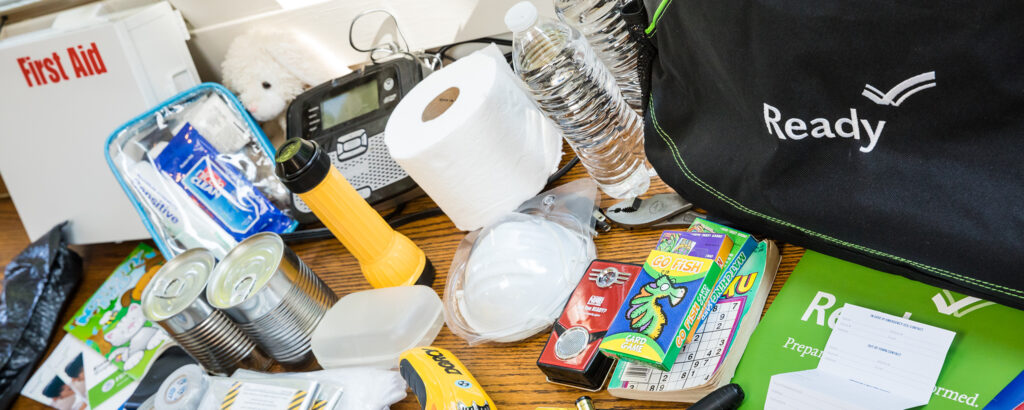
Stock your home with supplies you may need during the flood by creating an emergency supply kit. Be sure to include the following supplies in your kit:
- At least a 3-day supply of water (one gallon per person per day) for drinking, cooking, bathing, etc.
- Non-perishable food items that do not require refrigeration or cooking
- A manual can opener
- A battery-powered or hand-crank radio
- Flashlights and extra batteries
- A first aid kit and prescription medications
- Copies of important documents such as identification cards, insurance policies, bank statements, etc.
- Cash and coins
- A cell phone with chargers
- A whistle to signal for help
- Sanitation and personal hygiene items
- Pet supplies if you have pets
- A map of the area
If you are under a flood watch or warning
- Gather the emergency supplies you previously stocked in your home and stay tuned to local radio or television station for updates.
- Move to higher ground or a higher floor if possible. Stay away from windows.
- Do not walk, swim or drive through flood waters. Turn Around, Don’t Drown! Remember, just six inches of moving water can knock you down, and one foot of moving water can sweep your vehicle away.

- Stay off bridges over fast-moving water. Fast-moving water can wash bridges away without warning.
- Evacuate if told to do so by authorities. Never drive around barricades. Local responders use them to safely direct traffic out of flooded areas.
- Contact your healthcare provider if you are sick and need medical attention. Wait for further care instructions and shelter in place if possible. If you are experiencing a medical emergency, call 9-1-1.
If you are trapped in a flooded area
- Stay inside your car if it is trapped in rapidly moving water. Get on the roof if water is rising inside the car.
- Get to the highest level if trapped in a building. Only get on the roof if necessary and once there signal for help.
- Do not climb into a closed attic to avoid getting trapped by rising floodwater.

After a flood
- Listen to authorities for information and instructions. Return home only when authorities say it is safe.
- Avoid driving except in emergencies.
- Wear heavy work gloves, protective clothing and boots during clean up and use appropriate face coverings or masks if cleaning mold or other debris.
- People with asthma and other lung conditions and/or immune suppression should not enter buildings with indoor water leaks or mold growth that can be seen or smelled.
- Children should not take part in disaster cleanup work.
- Be aware that snakes and other animals may be in your house.
- Be aware of the risk of electrocution. Do not touch electrical equipment if it is wet or if you are standing in water. Turn off the electricity to prevent electric shock if it is safe to do so.
- Avoid wading in floodwater which can be contaminated and contain dangerous debris.
- Underground or downed power lines can also electrically charge the water.
You can do this
Floods are serious threats that require preparation and caution. By following these tips, you can reduce your risk of injury, illness and property damage from floods.
Additional Resources:
- Floods | Ready.gov (https://www.ready.gov/floods)
- Key Facts About Flood Readiness | CDC (Preparing for Floods | Floods | CDC)
- Flood Preparedness: What You Need to Know – School of Public Health (https://publichealth.tulane.edu/blog/flood-preparedness/)
Last Updated on March 19, 2023
